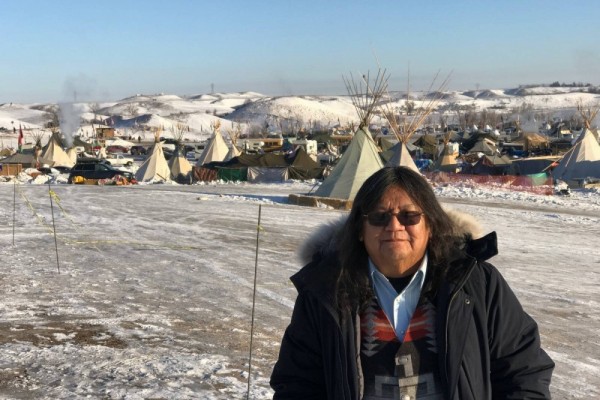Essays on Indigenous struggles offer both insight and oversight
Canada has a long history of Indigenous resistance to colonialism. A geography of Indigenous struggle with the state is invoked by the names Oka, Ipperwash, Gustafsen Lake and Caldeonia. Blockades or Breakthroughs, a new collection edited by Yale Belanger and Whitney Lackenbauer, examines the politics of Indigenous occupations and blockades. The authors examine how Indigenous peoples have used direct action to effect forms of territorial control and press their political demands in Canada.
The book is scholarly in orientation, providing neither a sensationalist nor a celebratory account of Indigenous blockades. The editors examine: the motives informing Indigenous militancy, the evolving state strategies of response, the representation of events in the media, and the ultimate efficacy of direct action as an Indigenous political strategy. Rather than lending itself to an endorsement or censure of direct-action strategies, this book uses case studies to demonstrate the successes and shortcomings of various occupation movements.
While the collection covers prominent flashpoints such as Oka, it is the chapters on lesser-known conflicts that are most insightful. Addressing the 1985 Haida blockade of South Moresby, David Rossiter highlights how a combined environmental-Indigenous campaign led to the creation of a national park. He convincingly argues that establishing a park forwarded environmental concerns without addressing the question of Indigenous territorial authority.
Examining Innu mobilization against low-altitude military flights, Whitney Lackenbauer argues although their direct action failed to address community environmental concerns or advance Indigenous territorial control, it nonetheless fostered a sense of common struggle. Similarly, Sarah King documents how Mi’kmaw efforts to implement an Indigenous-controlled fishery built a sense of common purpose in their struggle against hostile white neighbours and federal fisheries officers.
In contrast to the unity of the Haida, Innu and Mi’kmaw, the book also shows how intra-community conflicts inhibited some campaigns. John Sandlos’ review of the 1922 Chippewa occupation of Point Pelee National Park highlights how federal officials used internal divisions within the Indigenous community to dismiss the territorial claims underlying the occupation. Timothy Winegard describes how the Six Nations occupation in Caledonia was mired in community-level conflict and led to escalating settler resistance to the occupation. In two separate chapters, Yale Belanger describes how community divisions ultimately isolated the Peigan Lonefighters in Southern Alberta and Tyendinaga militants in Ontario. Belanger argues that organizers’ refusal to build broader alliances left them unable to effectively use direct action to advance their aims. The risk of isolation is an important strategic consideration for Indigenous movements.
However, at times the book reads as a critique of militant Indigenous movements. The castigation of militants for isolationist tendencies fails to place adequate responsibility on colonial authorities and structures. Recognizing the sovereigntist motivations of the Defenders of Shuswap Nation, Nick Shrubsole and Lackenbauer argue that their isolation from the mainstream Indigenous political establishment resulted in the unmitigated failure of their occupation at Gustafsen Lake. Similarly, Lackenbauer’s analysis of Mohawk militancy during the Oka Crisis and his collaboration with Victor Gulewitsch on the Chippewa occupation of Ipperwash Provincial Park both suffer from an over- emphasis on intra-community dynamics and police/ military strategy. Most problematically, Tom Flanagan flatly blames the Lubicon Cree for the irresolution of their claim. While these chapters add new dimensions to the scholarly understanding of these events, they lack sufficient critical attention to broader political contexts.
The central problem is not one of Indigenous community dynamics but colonial political systems. The escalation of conflict through Indigenous struggles is often necessary to open space for Indigenous political voice. Lubicon struggles raised the profile of northern Indigenous communities in Alberta; Oka radically reconfigured state relations with Indigenous peoples in Canada; Ipperwash similarly altered relationships within the Ontario government; Calendonia highlighted the continued insufficiency of government responses to Indigenous concerns.
The introduction to Blockades or Breakthroughs begins strongly, quoting scholar John Borrows, to argue that Indigenous occupations need to be centrally framed within the context of a colonial society that already occupies Indigenous lands. Indigenous occupations are thus not simply a breach of Canadian legal orders but also a reassertion of Indigenous law. Unfortunately, too often the focus of Blockades or Breakthroughs on intricate conflicts within Indigenous communities obscures the larger contest with colonialism that underlies Indigenous peoples’ adoption of direct action.
This article appeared in the Winter 2017 issue of Canadian Dimension (Short Change).










